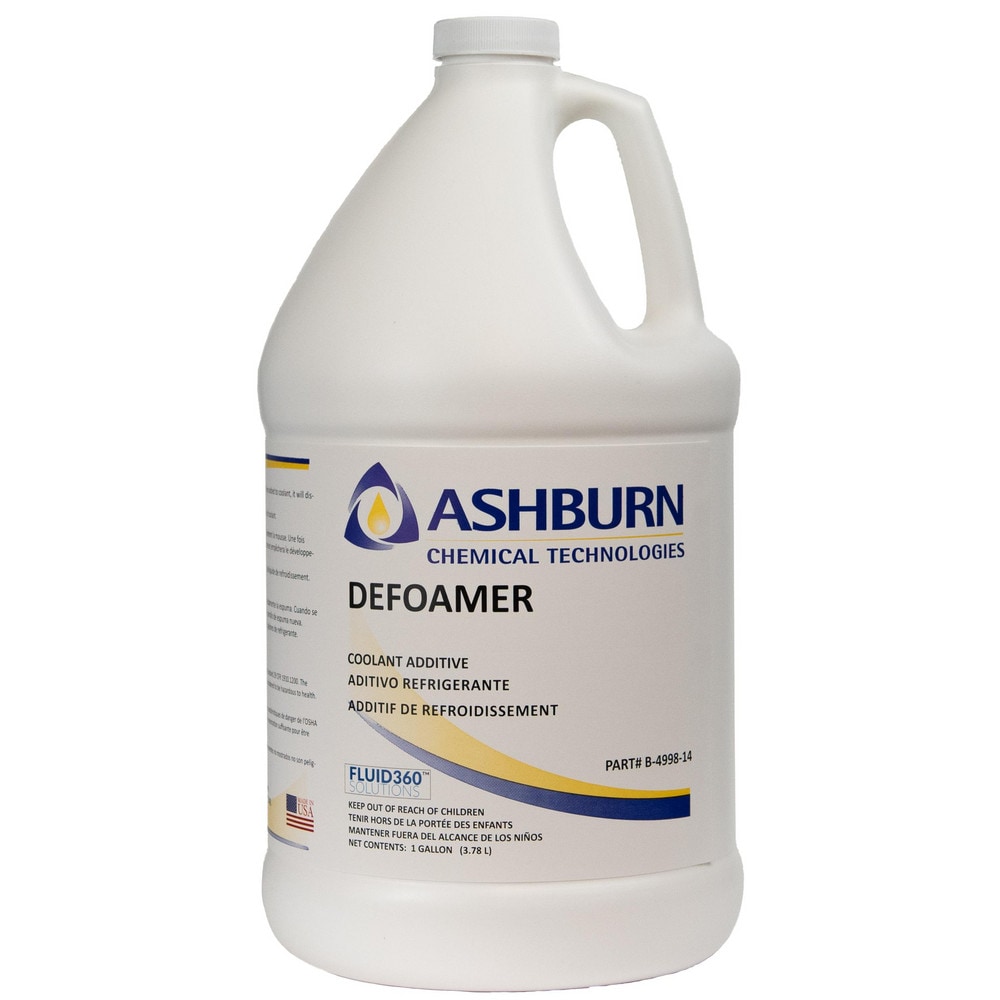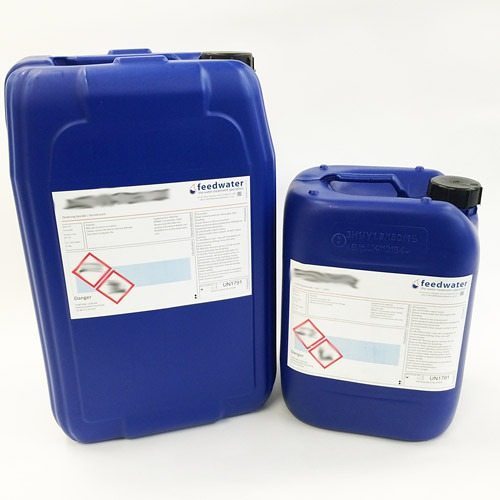Exploring the Conveniences of a Chemical Defoamer in Manufacturing and Manufacturing
The integration of chemical defoamers in manufacturing and production processes uses a tactical benefit by resolving one of the relentless obstacles in industrial operations: foam control. As manufacturers aim to enhance processes and enhance consumer fulfillment, the function of chemical defoamers ends up being significantly crucial.
Importance of Foam Control
While the presence of foam in making processes can sometimes seem harmless, efficient foam control is critical for maximizing operational performance and item top quality. Foam can interfere with various stages of production, bring about inefficiencies that may enhance prices and prolong processing times. In industries such as food and drink, drugs, and chemicals, unrestrained foam can block tools, interrupt automated systems, and ultimately cause product disparities.

Applying efficient foam control techniques not only improves performance but additionally supports regulative compliance in markets where foam can cause environmental worries. By making use of chemical defoamers, producers can alleviate these difficulties, making certain smoother operations and higher-quality output. Eventually, focusing on foam control is a crucial aspect of production that can produce substantial advantages in terms of safety and security, efficiency, and product reliability.
Kinds of Chemical Defoamers
What sorts of chemical defoamers are readily available for making procedures, and how do they vary in application? Chemical defoamers can be classified into 3 primary kinds: silicone-based, natural, and inorganic defoamers. - Chemical Defoamer

Organic defoamers, normally stemmed from all-natural oils or fats, are efficient in a variety of applications, including food and beverage production. They are typically chosen for their reduced toxicity and ecological impact, making sure compliance with market laws.

Each type of defoamer serves unique functions based upon the chemical structure and the certain needs of the manufacturing procedure, allowing makers to pick the most suitable option for their certain demands.

Advantages in Manufacturing Efficiency
Chemical defoamers play a crucial duty in improving making effectiveness by properly regulating foam generation during numerous procedures. Foam can prevent manufacturing prices, disrupt devices procedure, and bring about pricey downtime. By including chemical defoamers, makers can alleviate these anchor concerns, ensuring smoother Full Article operations and increased overall efficiency.
Using chemical defoamers helps enhance the operational efficiency of tools such as pumps, reactors, and mixers. With lowered foam, these makers can run at their planned capacity, reducing the risk of overflow and making it possible for consistent processing. This leads to much better source usage and greater throughput.
In addition, chemical defoamers promote faster handling times by lowering the moment needed for foam removal. This velocity can significantly affect manufacturing schedules, allowing suppliers to meet customer need better. In addition, the use of defoamers adds to lower energy intake, as machinery runs much more effectively with minimized foam disturbance.
Influence On Product High Quality
Foam control is not just important for preserving efficiency in producing procedures but likewise plays a considerable role in making sure item top quality. Extreme foam can introduce air right into formulas, causing variances in the end product. This can materialize as issues such as gaps, unequal structures, or substandard finishes, which threaten the designated high quality and performance of the item.
In addition, foam can hinder the homogeneity of combinations, leading to unequal distribution of energetic ingredients. In industries such as finishes, cosmetics, and food manufacturing, this can result in variations in color, preference, and overall performance. By using a chemical defoamer, manufacturers can minimize these threats, ensuring that products satisfy strict quality requirements.
Additionally, controlling foam can enhance the stability of suspensions and emulsions, which is vital for ensuring shelf-life and customer satisfaction. With enhanced item uniformity and reduced flaws, producers can achieve higher criteria of quality control, eventually bring about raised customer count on and brand loyalty.
Cost-Effectiveness and ROI
Reliable foam control not just enhances product high quality yet also contributes dramatically to the overall cost-effectiveness of producing processes. Using chemical defoamers minimizes foam-related concerns, which can otherwise lead to production hold-ups, equipment breakdowns, and boosted energy consumption. By reducing foam, suppliers can enhance their procedures, causing greater throughput and efficiency.
Purchasing chemical defoamers can generate a considerable roi (ROI) The first expenses related to these additives are frequently balanced out by the cost savings recognized from reduced downtime and enhanced material yield. Improved item high quality can reduce waste and remodel costs, better strengthening economic efficiency.
Furthermore, efficient foam control can lead to browse around this web-site lowered water and energy use, adding to lower operational costs. This is particularly essential in industries where resource performance is vital. By integrating chemical defoamers into their processes, manufacturers can accomplish lasting savings while maintaining affordable prices in the marketplace.
Final Thought
Finally, the combination of chemical defoamers in production and production processes is important for enhancing functional efficiency and enhancing item high quality. Effective foam control contributes to better equipment efficiency, minimized processing times, and lessened downtime, inevitably causing significant expense savings. In addition, constant product formulas foster customer contentment and brand name loyalty. The benefits used by chemical defoamers not only sustain regulatory compliance yet additionally give an one-upmanship in the manufacturing landscape.
The integration of chemical defoamers in production and production procedures supplies a calculated advantage by resolving one of the persistent challenges in industrial procedures: foam control.While the presence of foam in making processes can in some cases seem safe, reliable foam control is critical for enhancing operational effectiveness and product quality.Chemical defoamers play an important role in improving making efficiency by efficiently regulating foam generation during numerous processes.In addition, chemical defoamers facilitate faster handling times by lowering the time required for foam removal. Furthermore, the use of defoamers contributes to lower power intake, as equipment operates extra successfully with lowered foam disturbance.